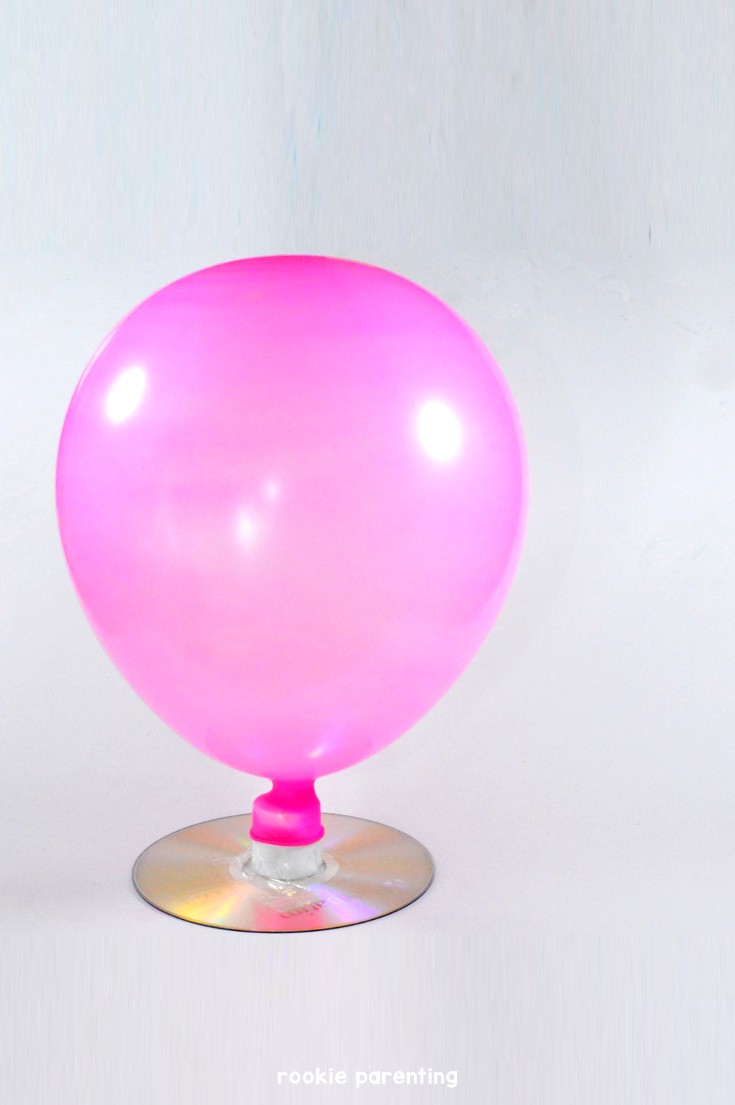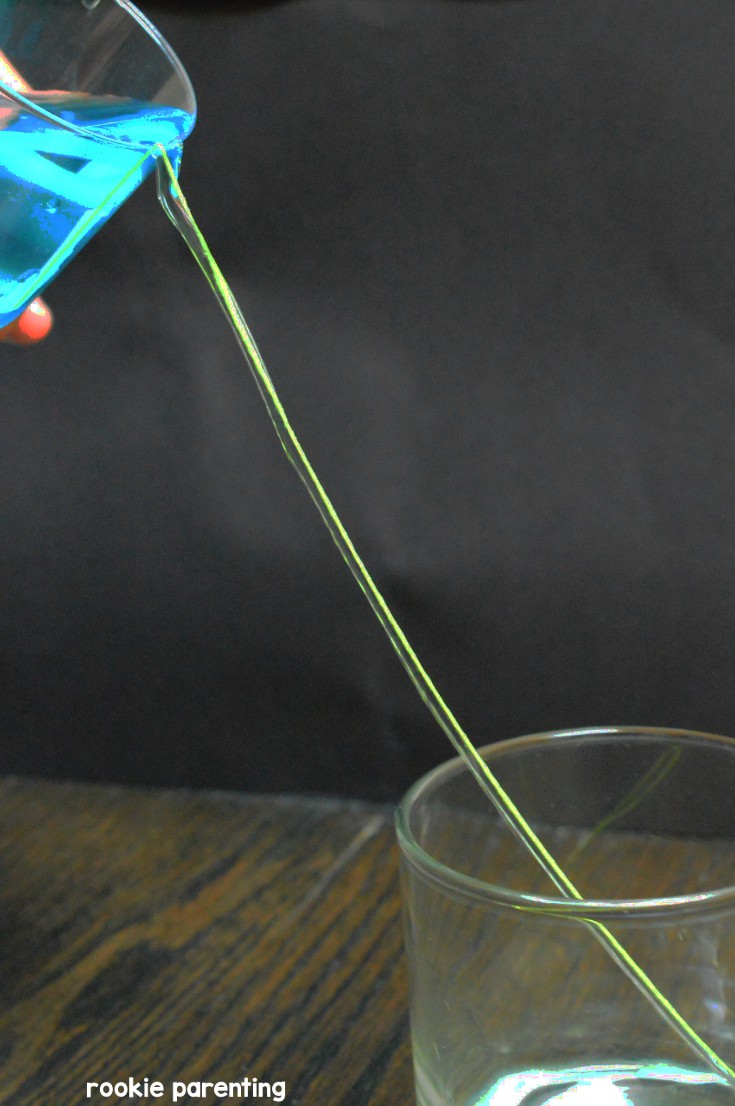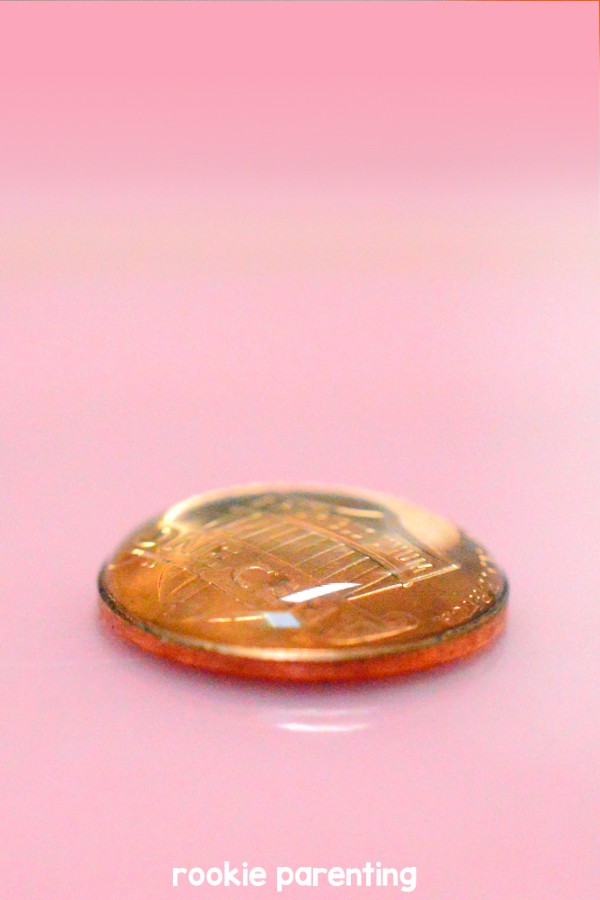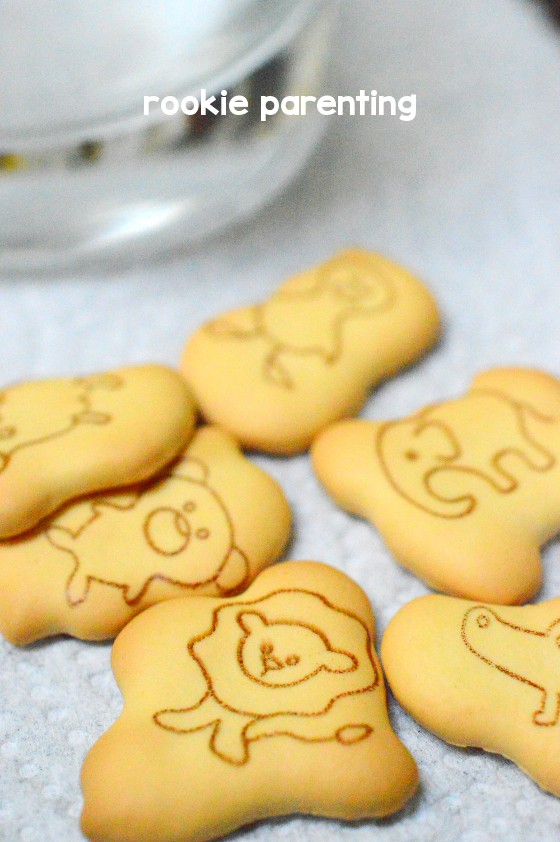Physical Science Science Fair Projects 8th Grade Easy

Nowadays, we have clocks and watches that tell us when to wake up and leave for work. Before the invention of clocks, how did people tell what time it was? Sundials have a long history of being used to tell time. As far back as 1500 B.C., ancient Egyptians used a sundial or "shadow clock"….

Tornados can be devastating. It can destroy large buildings, rip roofs off of houses, uproot trees, drive sticks into trees and hurl cars hundreds of yards away. They can even pick you up and literally drop you somewhere else. A tornado, also called twister or cyclone, is a violent rotating column of air extending between the Earth's surface and…

Table of Contents What Is The Scientific Method? Scientific Method Steps Scientific Method Examples – Zoey and Sassafras Download Scientific Method Worksheet What Is The Scientific Method? The scientific method is a systematic way of studying the world in a scientific manner. It allows scientists to minimize errors and increase confidence in the results of…

Here is a simple physics experiment using a property called static electricity. Every object is made up of small particles called atoms. These particles are extremely small and you cannot see them without a microscope. There are two types of charges in every atom — positive change(s) and negative charge(s). Only negative charges are free…

Friction Experiment This experiment is about friction. Friction allows us to walk on the road instead of sliding on it. It also lets us pick up a piece of paper or a glass of milk. You can also pick up rice grains using a pair of chopsticks all because of friction. In this experiment, you…

Water molecules (and also liquid soap and glycerin molecules) tend to stick to themselves. This cohesive force creates surface tension. (Note: Water by itself doesn't form long lasting bubbles because a thin layer of water molecules evaporates too fast. By adding soap and glycerin, the "skin" of the bubble is more stretchy and water is…

One day, my 4-year-old daughter asked, "What is science?" "Well, remember you always ask me Why — ? Why is the sky blue? Why is sunset orange? Why are bubbles round?" I answered. "Science helps us find out answers to these whys!" My daughter's question came at the perfect time when I received the new…

Friction is the force created when two objects move across each other to oppose the movement. An object gliding on the floor stops because of friction. When friction is reduced, a gliding object moves faster, farther and for longer. This balloon hovercraft can fly across the floor because air has less friction than the floor. When…

Did you know that oil and water are not the same density? That is why oil and water don't mix. However, they will add up to something that's even more fun. It's a lava lamp! All you need are a few simple household items and a tall clear glass. Density is the amount of matter…

Water science experiment is always a hit for the kids. One of the coolest summer activities for kids is building a paddle boat. Building a paddle boat is so easy and so much fun. The boat makes a great toy. You can use it on a pond, in a pool or even in a bathtub….

How do fish float and sink? This classic experiment is called Cartesian Diver, named after French scientist, mathematician and philosopher scientist, René Descartes. It demonstrates the principles of buoyancy and density and explains how fish dive or rise in water. Buoyancy: the force of buoyancy on an object is equal to the weight of the water displaced by that object. Density: if an object…

How Are Ocean Currents Formed Ocean currents are formed in several ways. They can be created by wind, by gravity, by events such as earthquakes. They can also be made by density differences in the water. Density in the water changes when temperature or salinity varies. In this experiment, we will investigate how temperature can affect…

Have you ever wondered why water sticks to your skin? When you jump into a ball pool and come out, none of the balls will be stuck on you. However, when you come out of a pool full of water, all the water doesn't leave your skin immediately. Instead, it drips and you stay wet…

Iron is an essential mineral to our body. It is found in every cell and is used to make hemoglobin, the substance in red blood cells that carries oxygen from your lungs to transport it throughout your body. If we don't have enough iron, our body will show symptoms including lack of energy, shortness of breath, headache,…

Science is all around us. Oftentimes, we apply the principles of physics, chemistry or biology without even knowing. We can all be scientists and we are by observing and studying carefully what happens around us. Baking is a good example. Kids love baking and playing with the dough. Making bread with kids is full of teaching…

Surface tension is a force that pulls together the outermost molecules of a liquid. It makes water form tiny beads on a leaf and hold a raindrop in the air. It is also why bubbles can form and then burst. Here's a STEM challenge. This challenge is to see how many drops of water will…

Air can exert pressure on other objects. That force is called the air pressure. After shaking a soda can and open it, the soda explodes. That's air pressure at work. But you don't have to use a can of soda to see how air pressure works. There are other, less messy ways. In this air…

Even though there is a severe drought in the area where we live, thunderstorms are still a common spring occurrence. I have shown my kid how rain was created before. Now she's curious how thunderstorms form and what causes them. So what is a thunderstorm? A thunderstorms is a storm with lightnings and thunders. What causes…

Have you noticed that things look a little funny when you see them through a glass of water? Some of the aberrations are caused by the imperfection in the glass production. But there is more to it. Refraction is the bending of light as it passes from one transparent medium into another1. This bending by…

Propulsion And Newton's Third Law How do airplanes fly in the sky, ships move in the water and rockets take off into the space? These movements all have one thing in common — thrust. Newton's Third Law of action and reaction states that for every action, there is an equal and opposition reaction. For every force,…
Source: https://www.rookieparenting.com/middle-school-science-projects/8th-grade-science-projects/
0 Response to "Physical Science Science Fair Projects 8th Grade Easy"
Post a Comment